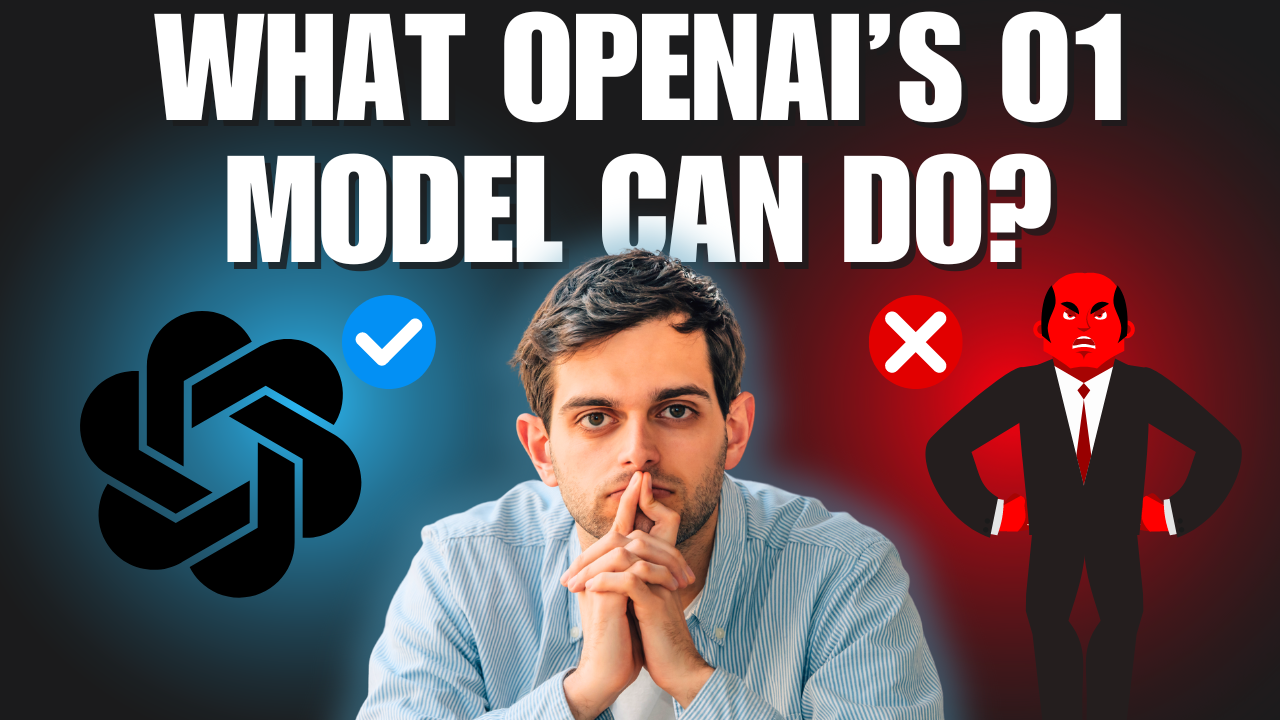A Reddit user recently shared their thoughts and findings on OpenAI’s O1 model, sparking curiosity about how this new AI system operates. Their post dives into some interesting details about the model’s capabilities, differences from other GPT models, and theories about its architecture. Here’s a breakdown of the key points for easier understanding:
Table of Contents
ToggleDiscoveries from Testing O1
The user tested O1 using a “system prompt jailbreak” technique, which helped them uncover a few things about the model. Here’s what they found:
- O1’s System Prompt: The O1 model introduces itself as “ChatGPT, a large language model trained by OpenAI based on the GPT-4 architecture,” with a knowledge cutoff in October 2023. This is the same knowledge cutoff date as the GPT-4o and GPT-4o mini models.
- Tool Limitations: O1 doesn’t seem to have access to tools like code execution or browsing the web. The user tried to make O1 run an MD5 hashing script, but the model simply hallucinated an output rather than actually running the code.
- Jailbreak Prompt: When the user tried a jailbreak prompt, the model kept appending it to the system message, something the user didn’t experience with other OpenAI models. This might indicate a different structure or way of handling inputs.

Theories on How O1 Works
The Reddit user explored several ideas about how O1 functions. While the exact mechanics aren’t clear, they proposed a few possible explanations:
- A New Model Altogether?
The user considered whether O1 could be a completely new model, but found it unlikely. The system messages and behavior are very similar to GPT-4o, suggesting O1 might not be vastly different. - Fine-tuned GPT-4o?
Another theory is that O1 might be a fine-tuned version of GPT-4o. This would explain why it shares many characteristics with GPT-4o but has some improvements, particularly in reasoning. - Multi-Agent Architecture
The most interesting theory is that O1 could use a multi-agent system, where different AI “agents” work together to solve problems. The user speculated that different instances of O1 might handle separate parts of reasoning, similar to how tools are used in other AI systems.This approach could make O1 better at reasoning and problem-solving but also require significant computing power. The user suggested this could explain OpenAI’s strict 30-message-per-week limit for O1.
Conclusion: What We Know and Don’t Know
Overall, the Reddit user’s tests show that O1 shares a lot in common with GPT-4o, but also has some unique behaviors. The user’s theories about multi-agent systems and fine-tuning give us an interesting perspective on how OpenAI might have improved reasoning in O1.
Still, the exact details of how O1 works remain unclear. OpenAI has not released in-depth information about the model, so for now, much of this is speculation. However, the post gives us a glimpse into how the AI community is trying to figure out O1’s capabilities and architecture.
Takeaway: O1 is shaping up to be an interesting model with potential advances in reasoning, but the full picture is still unknown. Further testing and insights from OpenAI will likely provide more answers in the future.

[…] and tech companies. By using Piiranha-v1, these organizations can automatically flag and hide sensitive information, helping to prevent data breaches and comply with privacy laws like GDPR and CCPA. The model is […]